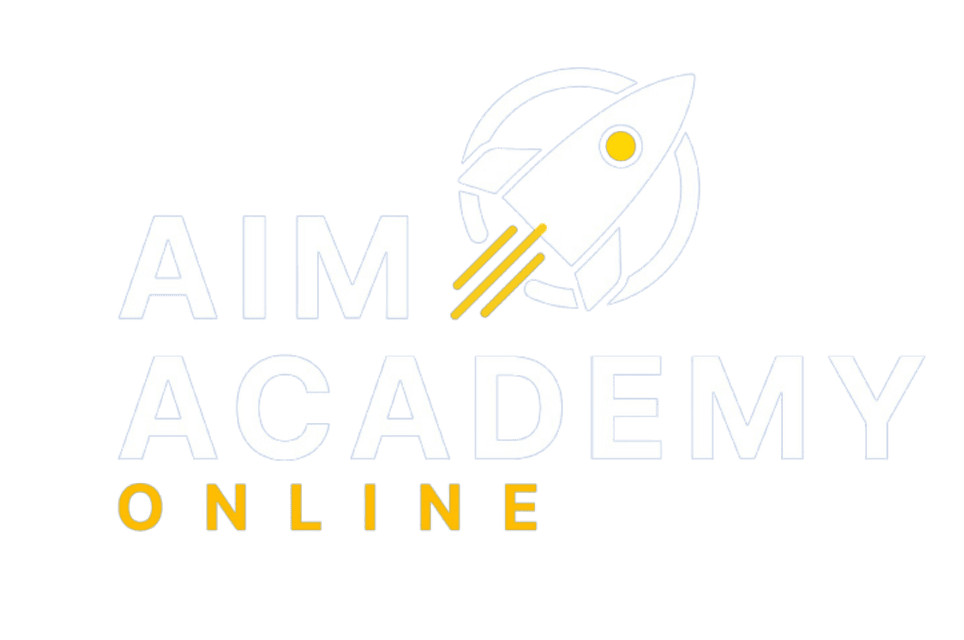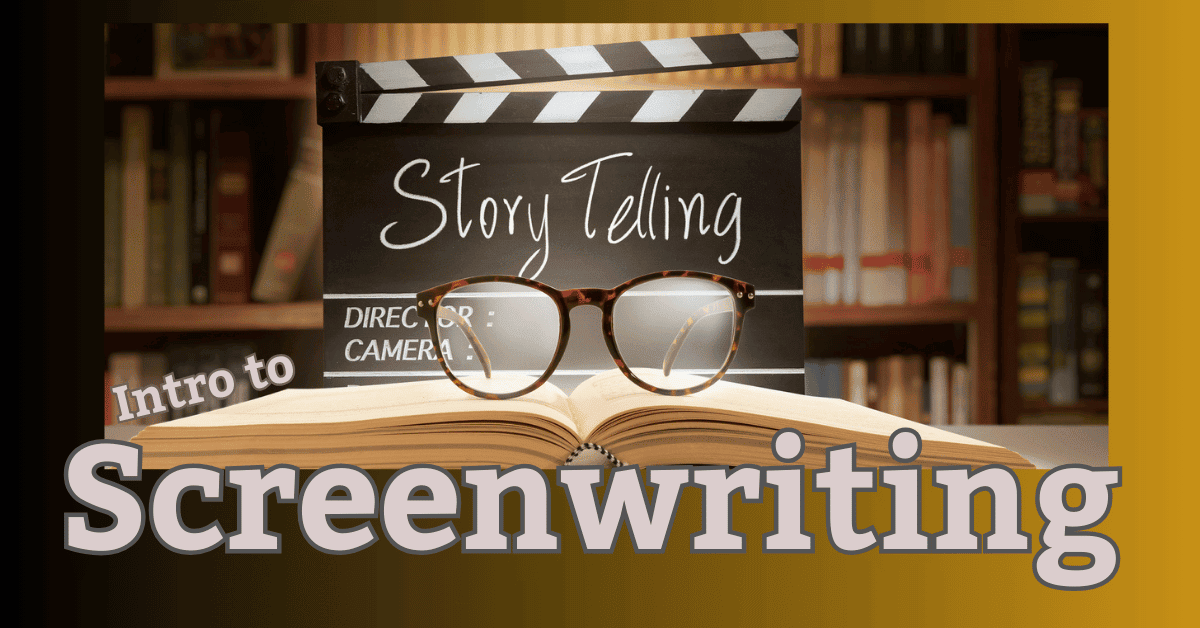Course Description
Screenwriting Syllabus coming
This 2 semester course provides a practical introduction to the art and craft of screenwriting. Students will explore the essential elements of visual storytelling, including structure, setting, conflict, character development, subtext, foreshadowing, pacing, and theme.
In the first semester, students will focus on developing their ideas, creating an outline, learning screenplay structure and formatting, and writing the first act of their screenplay. In the second semester, students will finish writing their screenplay and look at how to revise. Students must take semester 1 to be enrolled in semester 2 of this course.
Assignments will consist of a mix of creative writing exercises, discussion, and individual work on the student’s own screenplay. Through writing exercises, students will explore how to tell a story through images, develop and pitch their ideas, create memorable and believable characters, build conflict and tension, use subtext when writing dialogue, and learn proper screenplay formatting.
Because screenwriting depends on both creativity and a critical understanding of dramatic structure, students will read and discuss selected screenplays to gain a deeper sense of the techniques writers use to bring a story to life on screen.
By the end of the full-year course, each student will have a completed outline and feature-length screenplay of their own.
Course Objectives
Through this course students will be able to:
- Identify the elements of dramatic structure
- Create a well-rounded protagonist with a goal, conflict and arc
- Develop an idea into a feature length outline and treatment
- Create strong descriptions establishing characters, setting, and atmosphere
- Develop a logline and pitch for a screenplay
- Use subtext when writing dialogue
- Learn how to use foreshadowing and pacing to build tension and/or suspense
- Understand the revision process
- Learn to provide constructive feedback and criticism
- Analyze and write studio-style coverage for a feature length script
Course Structure
As a creative workshop-style class, students will get the most from this class by actively participating. Weekly assignments will be a mix of writing exercises, script pages, journal responses, discussion, and assigned readings. Homework will be assigned each week through Canvas. All weekly assignments and readings need to be completed prior to each week’s live class.
The course will have two main focuses: analyzing dramatic structure in existing screenplays and applying that structure to the student’s own writing.
- Dramatic Structure
- Students will start by looking at the dramatic structure and visual storytelling used in selected short films and screenplays. Students will analyze how each uses conflict, character, inciting incident, reversals, climax, resolution, theme, cause & effect and imagery to tell the story.
- From Idea to Outline
- Students will apply the elements of dramatic structure to develop an idea for a feature length screenplay. We will look at different approaches to structuring a screenplay, including the traditional three-act structure, sequencing, and The Hero’s Journey. We will explore the requirements of different genres as well as nontraditional and nonlinear storytelling. Students will also learn how to craft a logline and pitch.
- Writing and Revising
- Working from their outlines, students will write the first act (approx. 30 pages) of their screenplay in semester 1 and the remainder of the screenplay in semester 2. Writing goals and exercises will be given for each week, with students receiving feedback along the way. Students will learn to give constructive notes and feedback. Proper screenplay formatting will be introduced.
- Screenplay analysis
- Students will get a look at the development process and learn how potential scripts are evaluated by readers and producers. They will conclude the course by writing studio-style coverage for an assigned screenplay — assessing its strengths, weaknesses, and marketability — and deciding whether or not they would greenlight the script.
Who should enroll?
This class is designed for students in grades 9 – 12 who enjoy writing creatively. Students do not need to have previous screenwriting or film experience. Since the elements of dramatic writing apply beyond film, students will find the skills learned will help strengthen their writing in other areas like short stories, novels, and narrative essays.
Technology Requirements
- Final Draft screenwriting software
- High speed, broadband Internet
- Sound card and microphone (for live sessions)
- Streaming video capabilities to watch recorded lectures
Evaluation and Feedback
Students will receive individual feedback and notes on their writing and outlines.
Because creative writing is about the process as well as the product, students will be evaluated on their growth as a writer in addition to their understanding and demonstration of the skills they learn. Being a writer is not just about producing flawless work; it’s also about the evolution and improvement of one’s abilities over time.
Communication
I’m always available for questions from both students and parents. I can be contacted through Canvas or via email at mamos[at]aimacademy.online.





Reviews
There are no reviews yet.